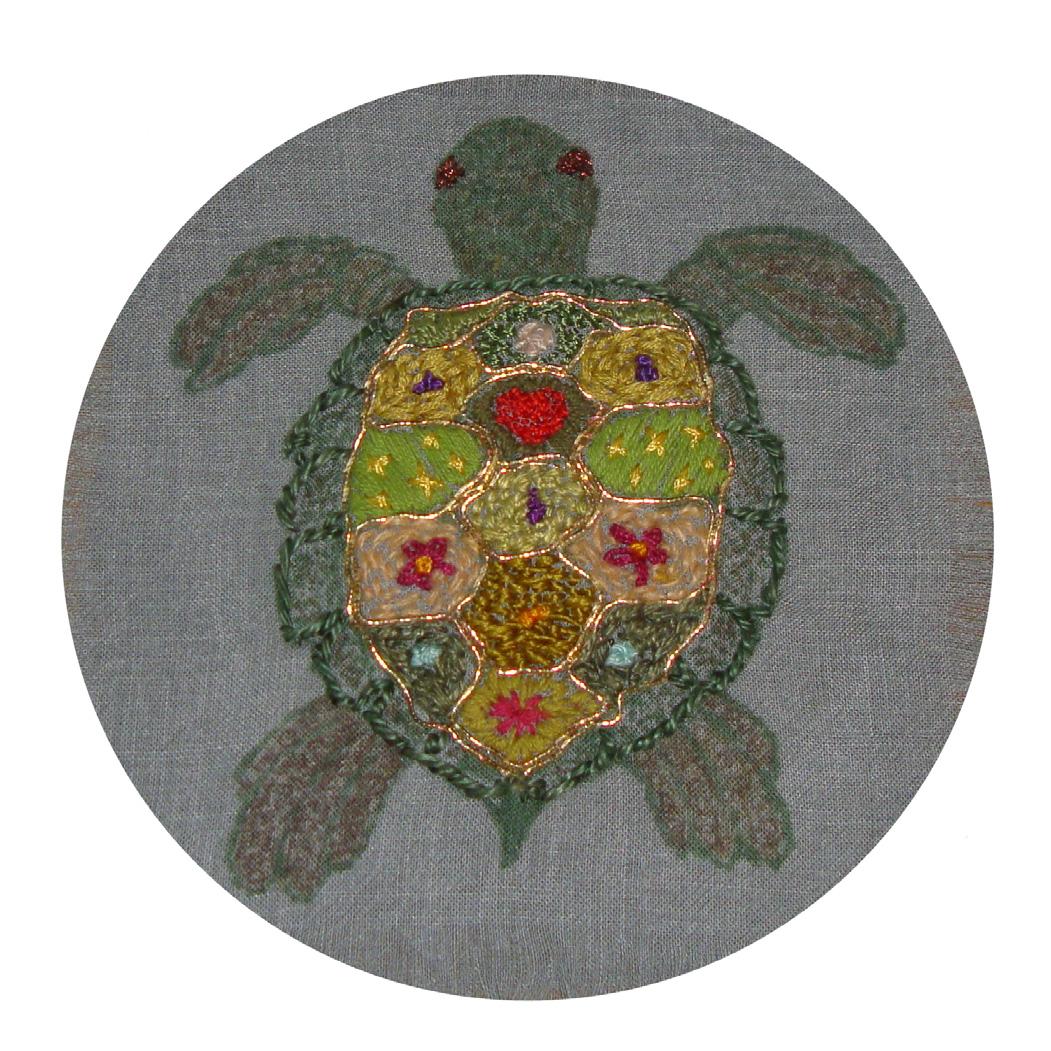Which Foods Are Best for Your Heart? by Dr. Joeseph Mercola Your diet is an important, if not crucial, factor for the maintenance of a healthy heart well into old age. Healthy dietary fats top the list of heart-healthy foods, of course, but aside from that, a nitrate-rich diet can go a long way toward protecting your heart. Nitrates should not be confused with nitrites, found in bacon, hot dogs, ham and other less-than-healthy cured meats. Nitrites can convert into potentially dangerous nitrosamines, especially if heated, which is why processed meats are best avoided. In fact, after examining over 7,000 clinical studies, the World Cancer Research Fund concluded there’s no safe lower limit for processed meats.1 They should be avoided altogether. On the other hand, many vegetables contain naturally occurring nitrates. When consumed, the bacteria in your mouth convert these nitrates to nitrites, but since vegetables are also rich in antioxidants, these nitrites do not pose a health hazard. More importantly, your body transforms the nitrates in vegetables into nitric oxide (NO),2 a soluble gas continually produced from the amino acid L-arginine inside your cells. Nitrate-Rich Foods Boost Nitric Oxide Production NO is a gas and free radical that is an important biological signaling molecule that supports normal endothelial function and protects the little powerhouses inside your cells, your mitochondria. Acting as a potent vasodilator, NO also helps relax and widen the diameter of your blood vessels, allowing a greater volume of blood to flow through. Healthy blood flow helps your body function at its best, as your blood carries oxygen and nutrients to your heart, brain and other organs. It nourishes and oxygenizes your immune system and muscles, and helps keep your heart beating. It also carries away waste material and carbon dioxide. As noted in research3 presented by Dr. Michael Greger above, a diet high in nitrate is a natural strategy recommended for the treatment of prehypertension and hypertension (high blood pressure), “and to protect individuals at risk of adverse vascular events,” i.e., heart attacks. Indeed, raw beets — which are high in nitrates — have been shown to lower blood pressure by an average of four to five points within a matter of hours.4 Some studies have shown a glass of beet juice can lower systolic blood pressure by more than eight points5 — far more than most blood pressure medications. In conventional medicine, nitrates are used to treat angina
22
and congestive heart failure, and research shows a glass of beetroot juice has the same effect as prescription nitrates.6 NO Promotes Healthy Heart and Brain Function In one recent study,7,8,9,10 patients diagnosed with high blood pressure who drank beet juice an hour before exercise, three times a week for six weeks, experienced increased tissue oxygenation and blood flow. It also improved brain neuroplasticity by improving oxygenation of the somatomotor cortex (a brain area that is often affected in the early stages of dementia). As noted by study co-author W. Jack Rejeski, a health and exercise science professor at Wake Forest University in North Carolina, NO is a vital biomolecule that “goes to the areas of the body which are hypoxic, or needing oxygen, and the brain is a heavy feeder of oxygen in your body.”11,12 Your heart, too, requires NO and oxygen for optimal function. As noted by cardiologist Dr. Stephen Sinatra:13 “Adequate NO production is the first step in a chain reaction that promotes healthy cardiovascular function, while insufficient NO triggers a cascade of destruction that eventually results in heart disease… NO promotes healthy dilation of the veins and arteries so blood can move throughout your body. Plus, it prevents red blood cells from sticking together to create dangerous clots and blockages.” Which Foods Contain the Most Nitrates? As noted by Greger in the featured video, leafy greens top the list of nitrate-rich foods. Beets, which are a root vegetable, are well-known for their high nitrate content, but leafy greens contain even more nitrates per serving. In fact, beets barely made it onto the top 10 list, which is as follows: 1. Arugula, 480 mg of nitrates per 100 grams 2. Rhubarb, 281 mg 3. Cilantro, 247 mg 4. Butter leaf lettuce, 200 mg 5. Spring greens like mesclun mix, 188 mg 6. Basil, 183 mg 7. Beet greens, 177 mg 8. Oak leaf lettuce, 155 mg 9. Swiss chard, 151 mg 10. Red beets, 110 mg
Spring Preview 2021










